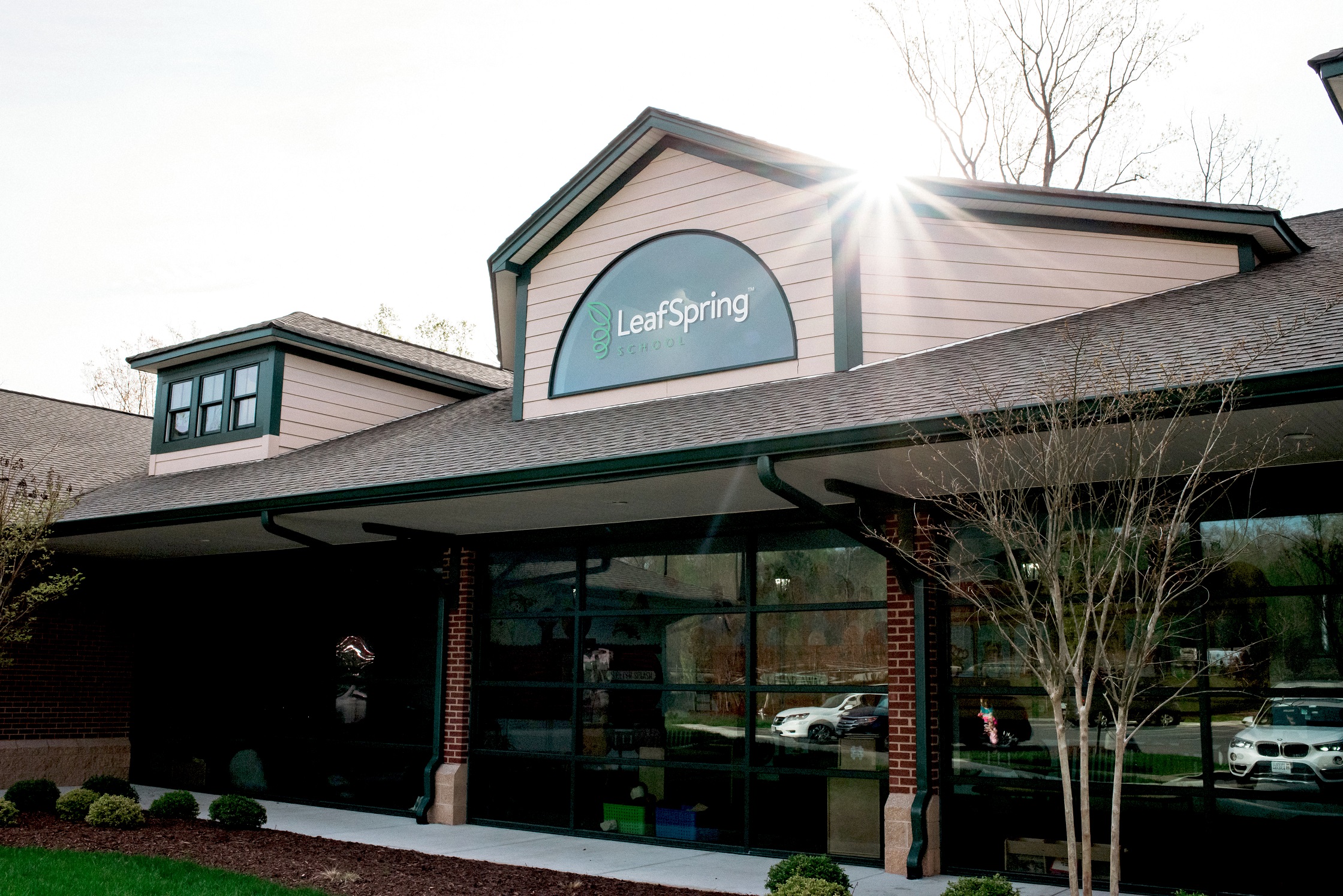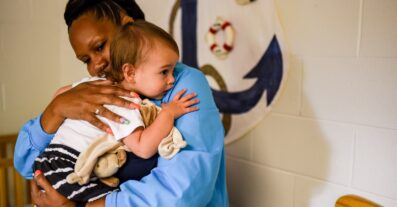INSPIRED in Health and Safety
Read ArticleNovember 1, 2021
Why ‘No’ Can Be A Dangerous Word
Have you ever thought about how many times each day in your classroom you use the word “no” or some other form of “no” such as stop, don’t, no-no, etc.? Our words hold so much power in our children’s lives.
Andrew Newberg, M.D. and Mark Waksman, in their Psychology Today article, “Why This Word is So Dangerous to Say or Hear,” explain the dangers of ‘no’:
“If I were to put you into an fMRI scanner—a huge donut-shaped magnet that can take a video of the neural changes in your brain—and flash the word ‘NO’ for less than one second, you’d see a sudden release of dozens of stress-producing hormones and neurotransmitters. These chemicals immediately interrupt the normal functioning of your brain, impairing logic, reason, language processing, and communication.”
Kaila Weingarten, in her article that’s the basis for an Exchange Reflections YES Environments, writes:
“Everyone needs a YES environment to do their best. A YES environment is a safe, positive place that encourages personal growth by allowing the freedom of reasonable risk taking. For children, this means a place:
- that is secure and childproof, so safety concerns do not hinder children’s
independence;
- where they can independently learn and explore;
- where predictable, yet flexible, routines and schedules contribute to a warm,
caring environment;
- equipped with toys, supplies, and activities that are developmentally appropriate
and readily available;
- where no centers are off limits or ‘closed’ for the day;
- where items not intended for children are placed out of reach;
- where the word “no” is used in moderation; therefore, children are more likely to
listen when it is said.”
I encourage individuals or groups to consider ideas that could help early care and education settings move to a more “yes-focused” environment.
The words you speak to children become their inner voice!




